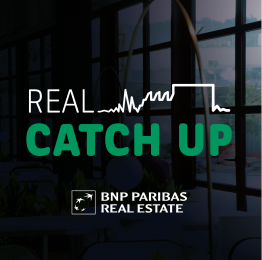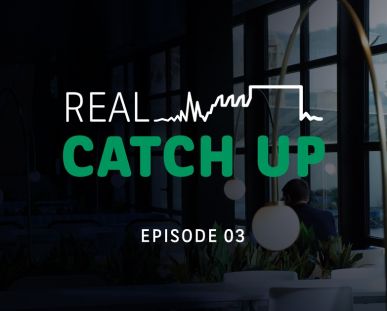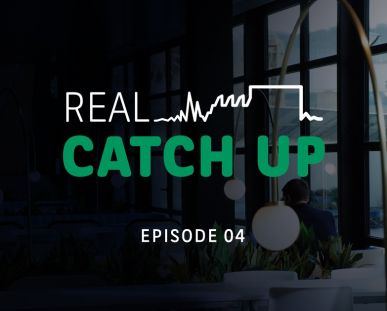Reversibility and usable square metres
The Covid-19 pandemic caused a profound change in many people's working habits and behaviours. Office real estate must respond to this by reinventing itself in accordance with new evolving parameters, such as hybridity, mixed use of work spaces, and considerations including attractiveness, comfort, accessibility, and connectivity. When taken into account from the design phase of a building, reversibility makes a real estate asset adaptable, and therefore also long-lasting. But what exactly do we mean by reversibility?
“Reversibility is the ability of our square metres to be transformed and to welcome different interaction. When developing a building, we anticipate its possible uses over the next 30 or 40 years, and above all, we do not set them in stone. We allow for them to evolve,” explains Séverine Chapus. She continues: “The idea of value [per square metre] is changing profoundly. I think that is one of the major changes in our models, and we will be experiencing the effects of this change in the years to come. This could be advantageous for us as a Property Developer, because we are still in the business of selling square metres. If you are selling square metres that you know will have lasting utility, that obviously increases their value. And today's investors are fully aware that you need to think about the concept of the life cycle of the square metres and fight against planned obsolescence, just as they do in the distribution and consumer sectors. This also applies to our Property Development business. The more we produce square metres that will be able to adapt to events over the years, the higher their value will be.

Building reversibly and optimising square metres


Reversibility is the ability of our square metres to be transformed and to welcome different interactions. When developing a building, we anticipate its possible uses over the next 30 or 40 years, and above all, we do not set them in stone. We allow for them to evolve.
Where does reversibility fit into BNP Paribas Real Estate's projects?
According to Séverine Chapus, METAL 57, BNP Paribas Real Estate's showcase building in Boulogne-Billancourt, “perfectly illustrates the idea of usable square metres”. On the ground floor, “Grande Rue was designed to be open to the city, so that it benefits both employees and residents. A usable square metre is a square metre that will benefit every aspect of its ecosystem, for the people who use it every day or the neighbourhood more generally. This also brings us back to the discussion about environmental and energy issues,”says Séverine Chapus.
“Reversibility, conversion, and usable square metres are exactly what we promote in our development and promotion operations at BNP Paribas Real Estate. We have some great projects that will soon be built and that will implement this concept of reversibility. We will be delighted to talk to you about those very soon. Two very significant projects in Ile-de-France, in particular,” notes Séverine Chapus.
-
 Episode 3
Episode 3Building differently: the drive for a circular economy approach
-
 Episode 4
Episode 4How can our urban cities encourage greater biodiversity?
-
 Episode 5
Episode 5Sustainable real estate investment, what’s the benefit?




